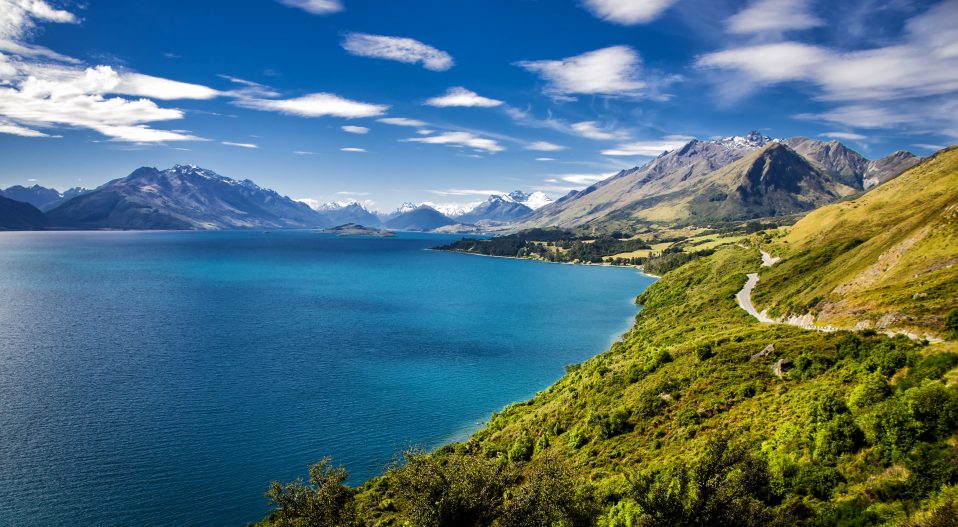Tropical fish have to move for thousands of kilometres into New Zealand waters giving a threat to vulnerable native species as they compete for resources, all because of warming ocean temperatures.
Scientists have identified increasing numbers of what they call “vagrant” species rarely seen in the New Zealand’s oceans and said their extended visits were raising concerns about how the islands’ unique local wildlife would adapt.
According to the Department of Conservation, vagrant species are those that are found “unexpectedly in New Zealand” and whose presence is naturally transitory, or migratory with fewer than 15 individuals known or presumed to visit per year.
Irene Middleton, a marine ecologist from Massey University, has started a website for New Zealand residents to report all sightings of unusual species in the oceans, as she attempts to log the rising numbers of marine animals swimming and breeding in seas far from their traditional homes. She has logged some from as far afield as New Caledonia, Australia and Japan – nearly 10,000km away.
Warming ocean temperatures and ballooning food sources were among the reasons that usually tropical fish were finding New Zealand waters more hospitable.
On What’s that Fish NZ, Middleton has logged sightings of damselfish, wrasse and triggerfish, none of which are traditionally seen in cold New Zealand seas.
Recreational divers, fishers and spearfishers are contributing to the project. The ministry of primary industries has been given access to the data to track threat levels and potential biosecurity risks. So far, more than a dozen vagrant fish species have been identified in New Zealand waters.
While it is not uncommon for juvenile vagrant species to visit in the warmer months, they usually disappear when temperatures drop, Middleton said. But the preliminary data suggested that long-established pattern was changing.
In 2018, rare tropical fish from Australia such as the giant grouper were spotted in New Zealand waters after a marine heatwave lured the creatures more than 3,000km across the Tasman sea.Advertisement
Warmer sea temperatures have also been blamed for mass jellyfish landings in recent years, on beaches from Nelson in the South Island to Whangarei in the far north.
“The most interesting species are those that are starting to overwinter and grow to adult size,” Middleton said.
“When we start seeing established breeding populations is when the likely interactions between native species and these new immigrants will be more significant,” she says.
The increasing prevalence of vagrant species is not limited to fish. Cetacean biologist Dr Krista Hupman, from the National Centre of Atmospheric and Climate research said leopard seals – originally from Antartica – were now so common in New Zealand waters they should be reclassified as “resident”.
“Leopard seals are known as a vagrant species, which means New Zealand is well outside their normal range. But despite originating in Antarctic, their numbers keep increasing here,” Hupman said.
“The status of the species needs to be changed … given the vast evidence suggesting they are prevalent here and do not always return to Antarctic waters.”
Hupman said her team was still in the early stages of exploring why leopard seals were journeying north in greater numbers.
“They have been found here for a long time but the truth it we don’t know why we are seeing greater numbers now, there are many factors that have to be investigated.”
In accordance with the Department of Conservation, responsible for reclassification of animal species, six new vagrant bird species were added to the New Zealand list between assessments done in 2012 and 2016. Also they said two former vagrant species had started breeding in New Zealand – the Australian wood duck and the glossy ibis.



